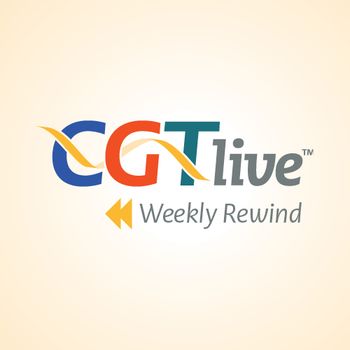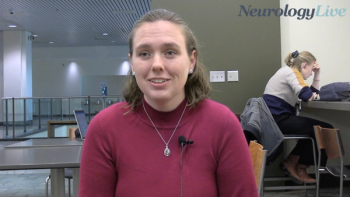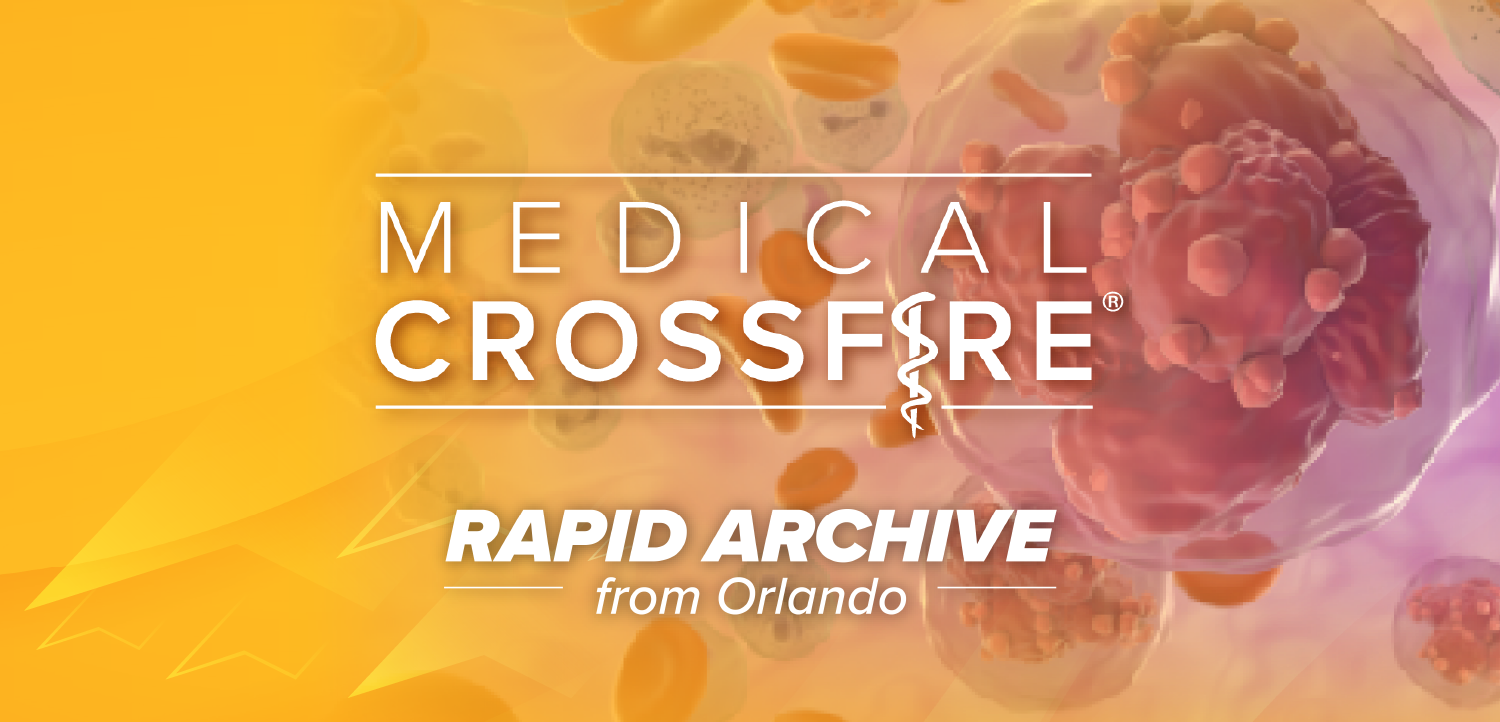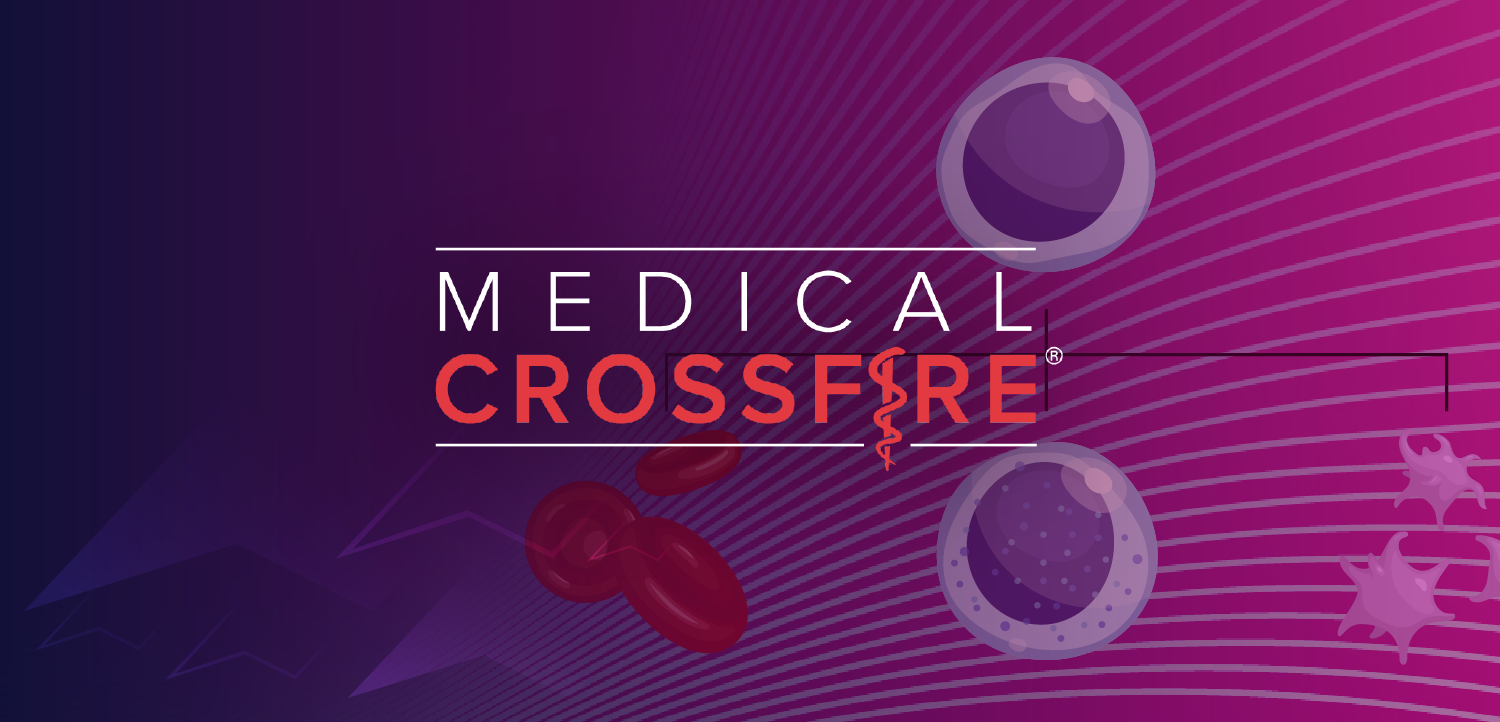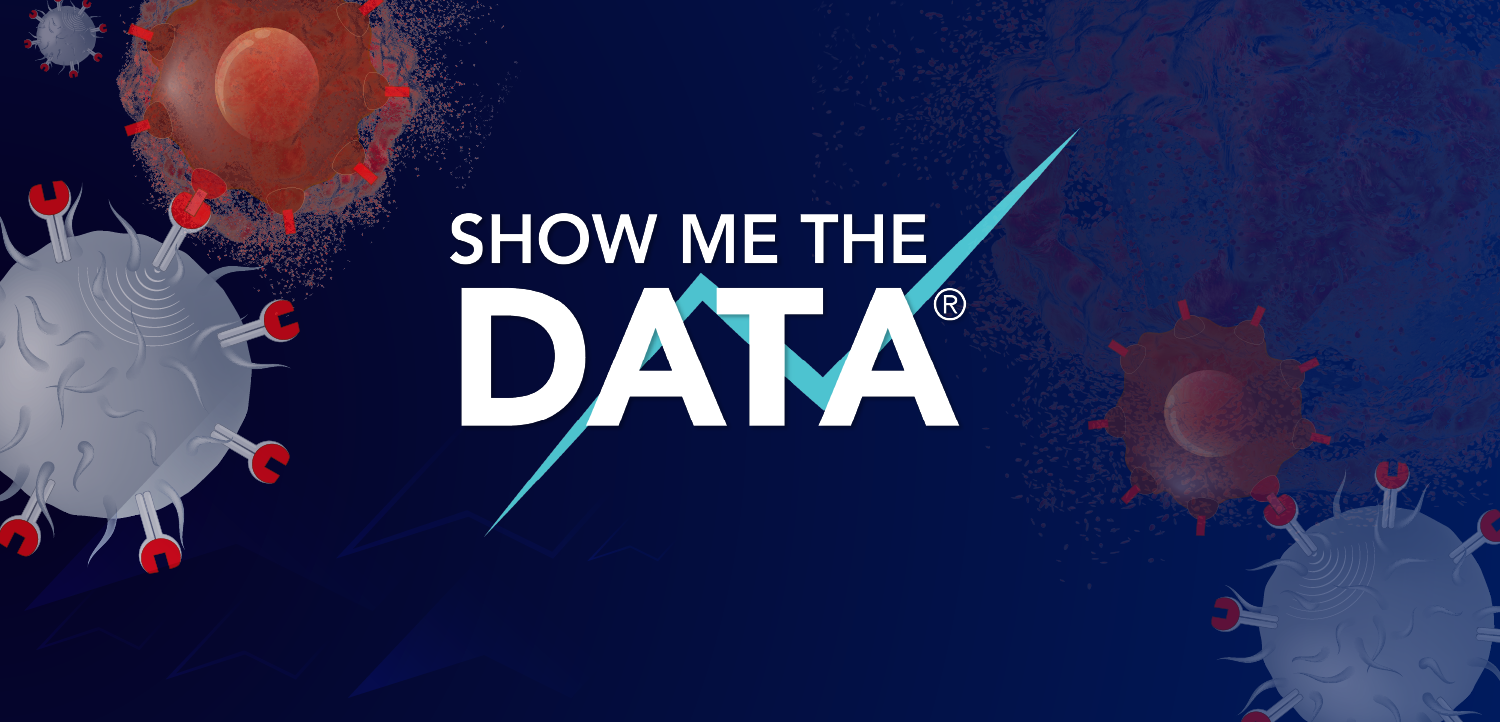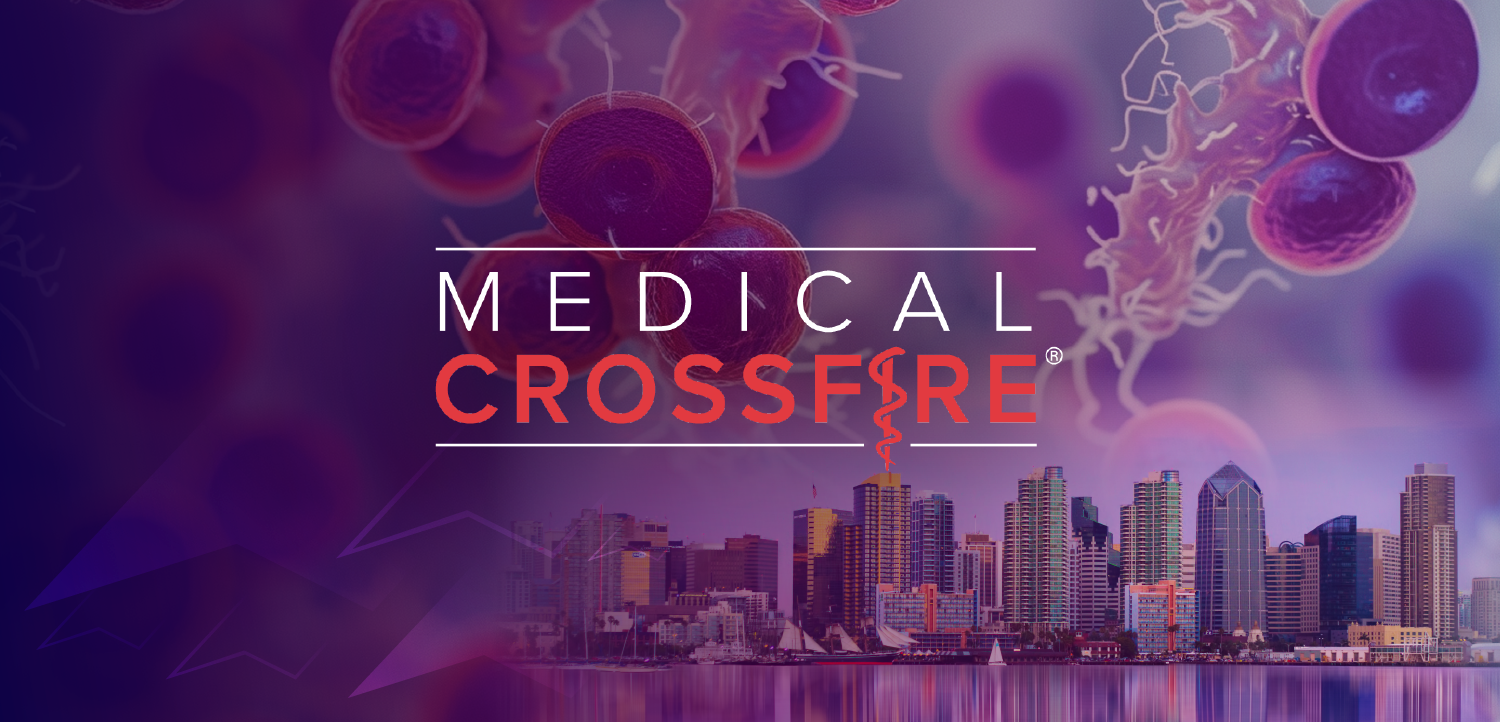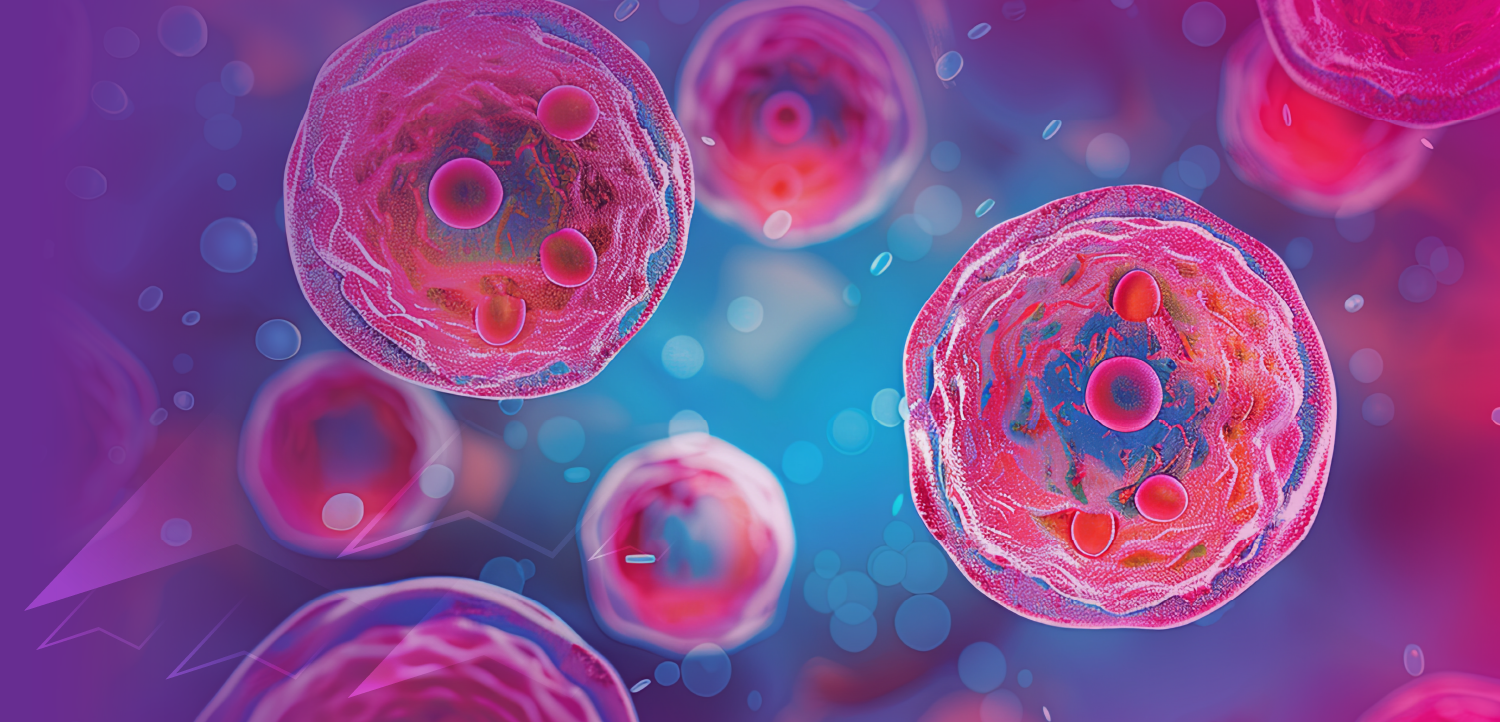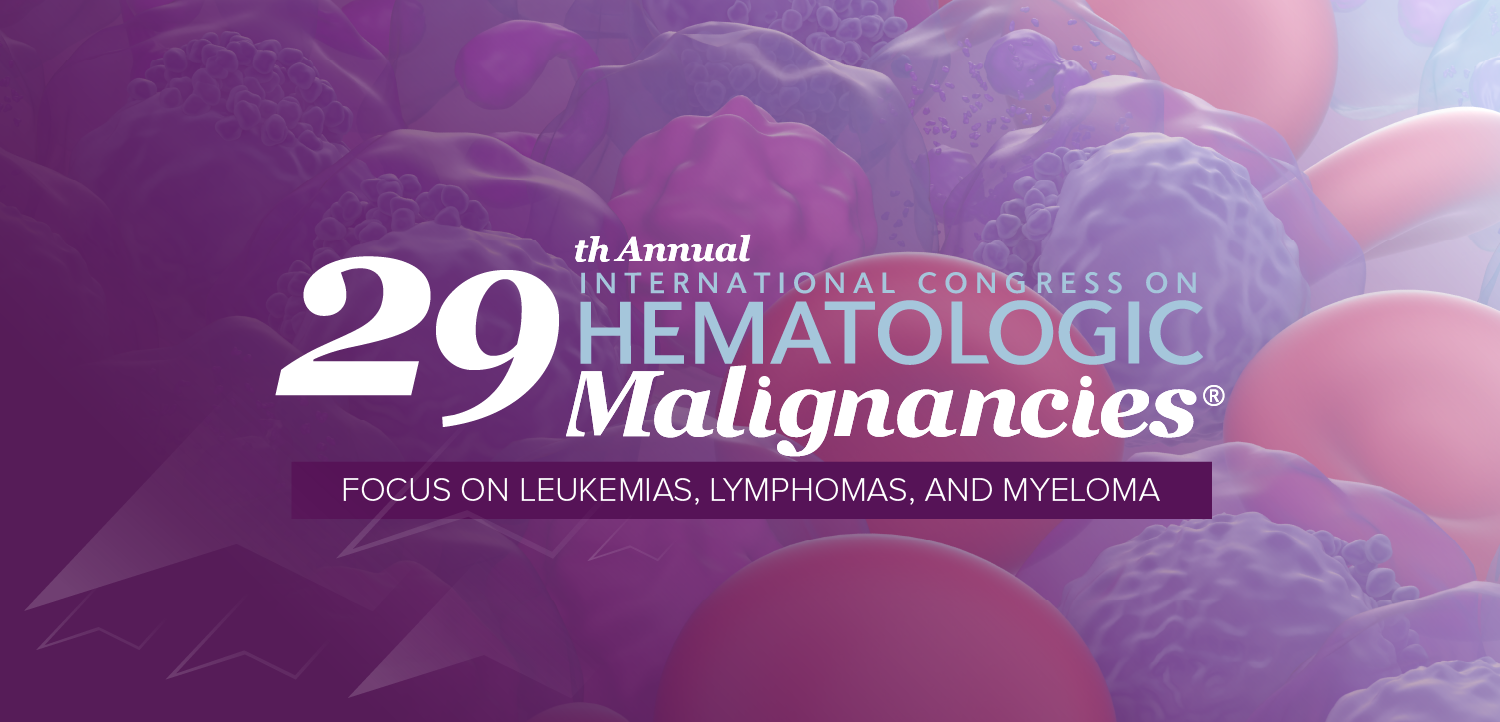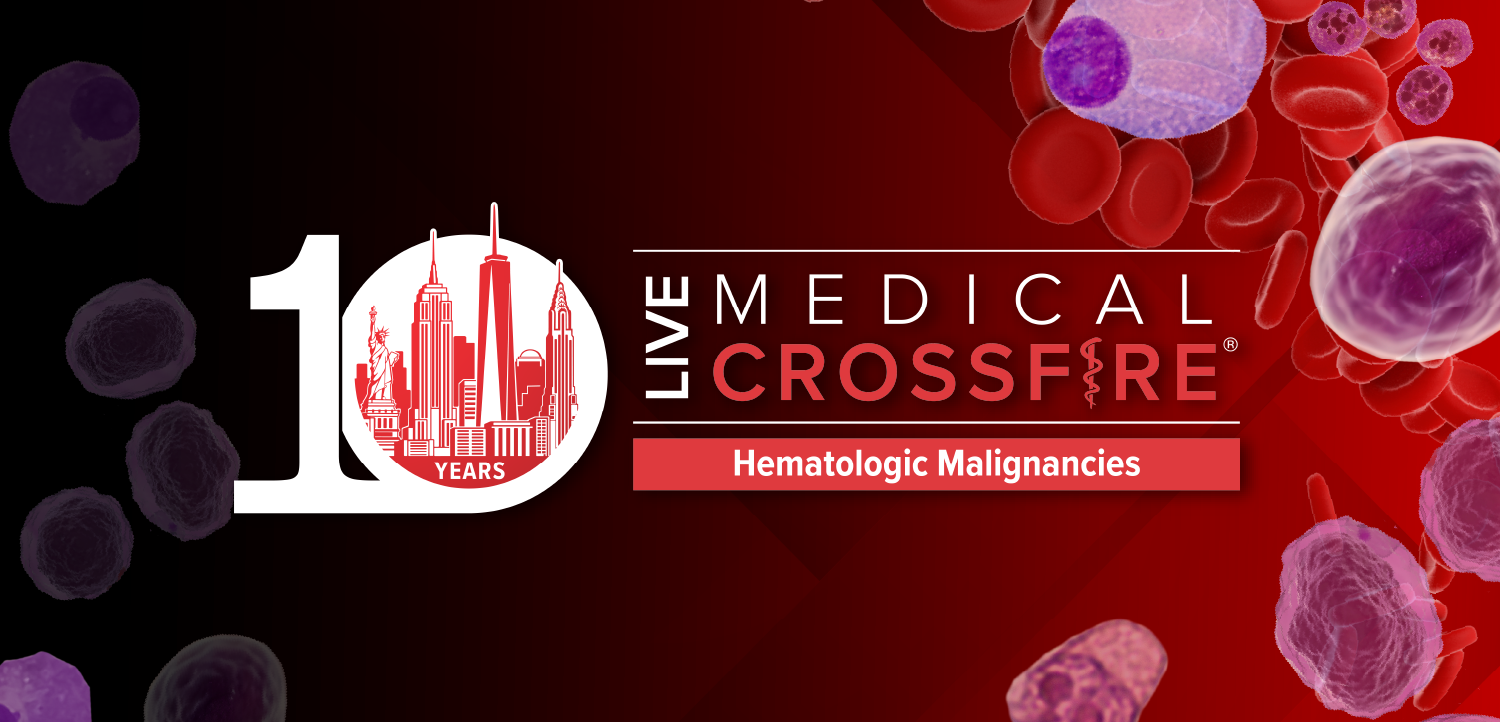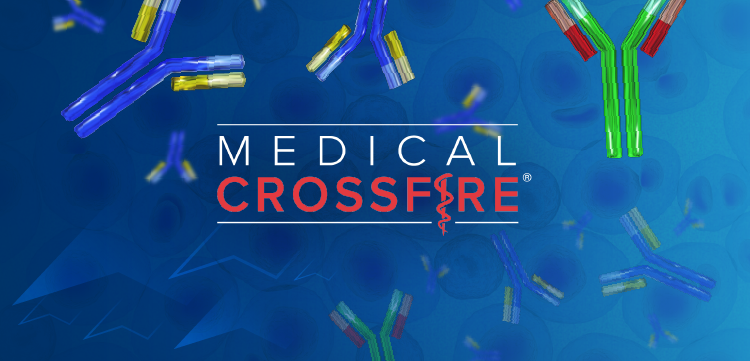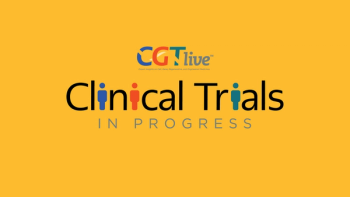
Fiona Freeman, PhD, on Benefits of miR-29b in Osteosarcoma Models
The assistant professor at University College Dublin discussed identifying miR-29b as a target for research in osteosarcoma.
“Our research was really trying to figure out whether or not we could try and not only attack the tumor cells that are present within the bone, but also to regenerate the damaged bone while trying to remove the tumor. So, one of the major issues is that chemotherapy is the major treatment option for osteosarcoma patients and when patients are undergoing chemotherapy, their bone regenerative capabilities are diminished. What they’d found is that when they take out the large bone defects, the bone doesn't have the same regenerative capabilities to heal itself.”
New preclinical findings published in Advanced Materials from researchers at University College Dublin have demonstrated the potential of microRNA(miR)-29b to suppress tumor growth and promote bone remodeling in animal models of osteosarcoma. The published findings showed that when miR-29b was delivered along with systemic chemotherapy, mice had a significant decrease in tumor burden, an increase in survival, and a significant decrease in osteolysis compared to chemotherapy alone.
CGTLive spoke with the study’s first author, Fiona Freeman, PhD, assistant professor, University COllege Dublin, to learn more about the unmet needs with the current treatment landscape of osteosarcoma and the new research. She discussed the road to investigating miR-29b and other factors that the authors investigated prior, including bone morphogenetic protein 2, before looking at miR-29b which has previously demonstrated a tumor suppressor effect in other cancers. She noted advantages of miR-29b for osteosarcoma, including its anti-angiogenic and pro-bone regeneration effects.
REFERENCE
Freeman FE, Dosta P, Shanley LC, et al. Localized nanoparticle-mediated delivery of miR-29b normalizes the dysregulation of bone homeostasis caused by osteosarcoma whilst simultaneously inhibiting tumor growth. Adv. Mater. 2023; 35(23):2207877. doi: 10.1002/adma.202207877
Newsletter
Stay at the forefront of cutting-edge science with CGT—your direct line to expert insights, breakthrough data, and real-time coverage of the latest advancements in cell and gene therapy.

